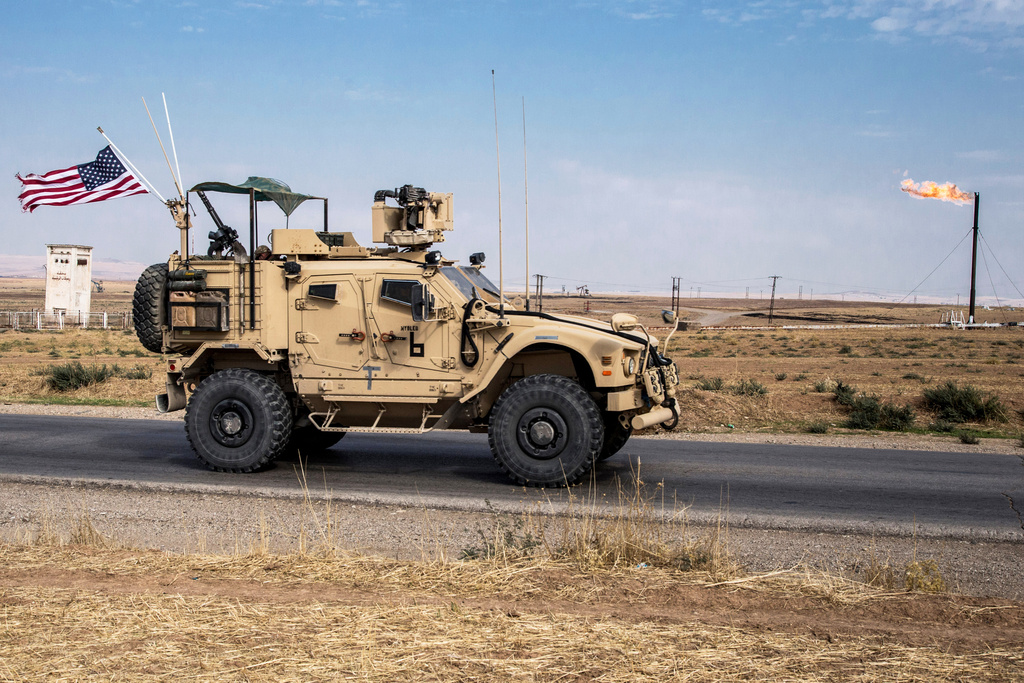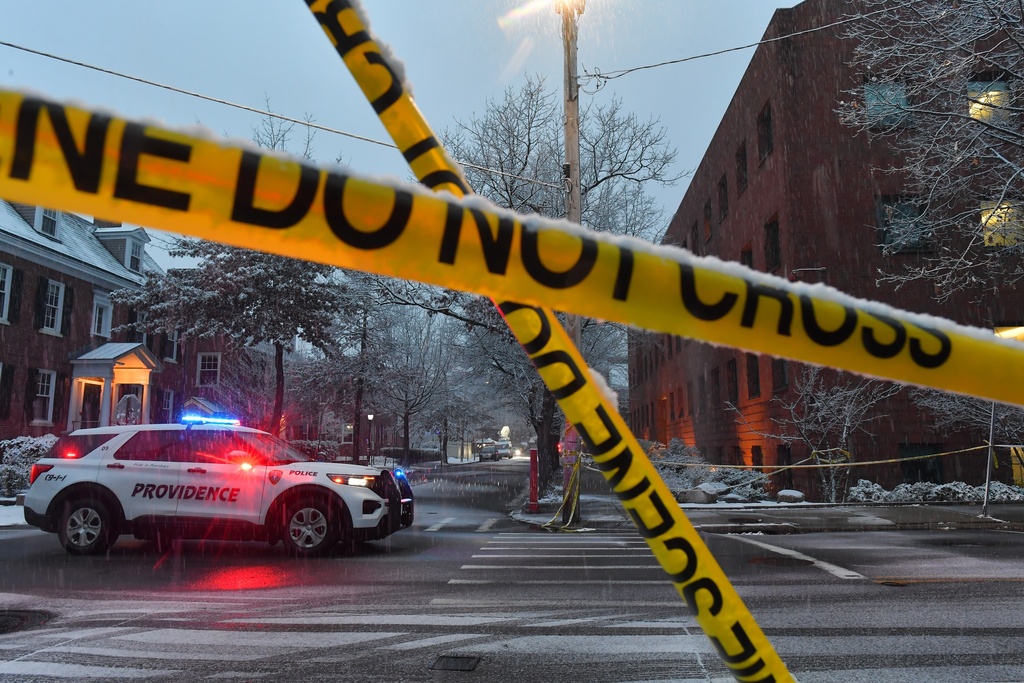Seven percent of U.S. land and 15 percent of urban areas already lie in flood plains, according to the Federal Emergency Management Agency. And climate change is expected to expand those flood plains by almost half by the turn of the century.
And we'll probably keep building on them, which can make flooding even worse. That's what happened in Houston, which has some of the loosest formal development regulations in the U.S.
There are ways to prevent severe flooding, even around cities. Even though the Netherlands is below sea level, it stays dry. Mazes of dams and sea walls are designed to stop 10,000-year floods — severe events that stand a 1 in 10,000 chance of happening in any given year.
The U.S. doesn't plan for such severe flooding. FEMA's flood maps — which guide how construction permits are issued and determine who needs flood insurance — only track 100- and 500-year floods.
And federal support isn't always reliable. In 2015, President Barack Obama signed an executive order that would make government infrastructure projects more flood-resistant. But those changes never took effect, and Trump's administration reversed the order 10 days before Hurricane Harvey made landfall.
The good news is vulnerable cities do take steps to reduce flood risks. New Orleans installed new pumps after Hurricane Katrina that will significantly reduce flooding in the event of another 500-year storm. New York City is weighing proposals for flood protection, in case there's another storm like Hurricane Sandy.




 Trump Repeals Obama-Era Plan To Prepare For Increased Flooding
Trump Repeals Obama-Era Plan To Prepare For Increased Flooding






